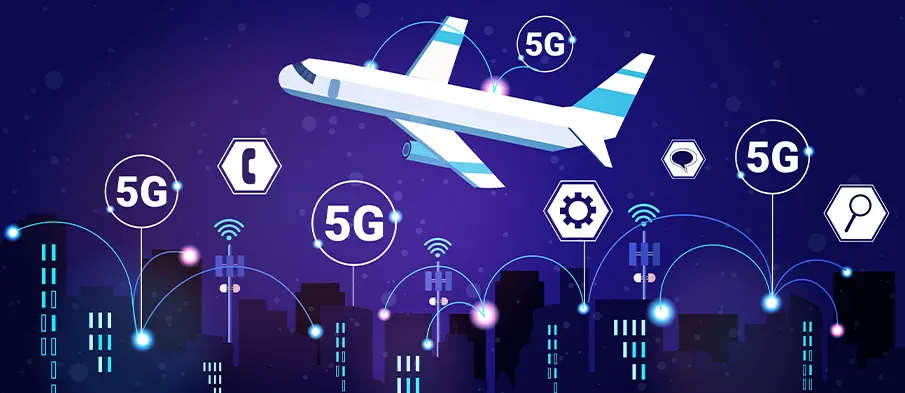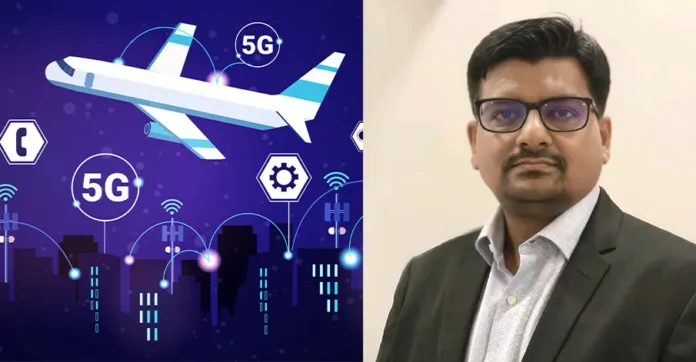
Although there are many advantages to integrating 5G technology into aviation communication systems, there are also significant risks. Rogue 5G base stations placed close to airports are becoming increasingly important cyberattack tools. These stations are used by hackers to initiate Man in the Middle attacks, which intercept communications from aircraft to the ground and jeopardize operational integrity and flight safety.
Exploitation of Private 5G Networks:
Airports and airlines frequently use private 5G networks to optimize operations, but these networks are vulnerable to abuse. By imitating authentic ones, rogue base stations can get past authentication procedures and compromise private communication channels. Flight delays and serious safety hazards can result from hackers’ manipulation of operational systems, disruption of communication channels, and alteration of aviation telemetry data.
Aircraft Health Monitoring Tampering:
Another serious effect of compromised aviation communications is tampering with aircraft health monitoring systems. Hackers can suppress important engine health alerts or inject erroneous diagnostics by intercepting telemetry data. Such tampering could increase the chance of mechanical failures during flight and lead to poor maintenance decisions.
FAA and IATA Compliance Gaps:
The risks posed by rogue 5G networks have not been adequately addressed by the regulatory frameworks established by the International Air Transport Association (IATA) and the Federal Aviation Administration Advanced threats resulting from wireless signal manipulation might frequently overlooked by current standards, leading to gaps in compliance.
Hijacked ATIS Systems:
The Automatic Terminal Information Service, a vital system that gives pilots access to Realtime weather, runway, and procedural information, is vulnerable to hacking too. False ATIS data transmitted by rogue 5G networks may cause flight diversions, runway confusion, or in rare cases collisions in midair.
To overcome these obstacles, a Chief Information Security Officer (CISO) must take proactive steps like encrypting communication systems, implementing Zero Trust architecture, and performing frequent security audits involving Aircraft Engineering and Maintenance teams. To strengthen aviation networks against rogue 5G threats, advanced monitoring and threat detection systems must be used in conjunction with Security assessments with aviation stakeholders & systems.
One of the most serious cybersecurity issues is the silent hijacking of aircraft communication systems. Strict security measures and industry-wide awareness are necessary to ensure Resilience against such threats, safeguard aviation operations, and maintain aviation safety.






